Are you planning to troubleshoot or replace the fuel pressure sensor in your car? Do you want to know where you can find the sensor? You’ve come to the right place, for we have researched this question and have the answer for you.
All modern car models have at least one fuel pressure sensor. The most common location of the fuel pressure sensor is on the fuel rail. The fuel rail has a line coming from the fuel pump.
Let’s talk more about the fuel pressure sensor in the succeeding sections. Learn how to replace the fuel rail pressure sensor in your car in the sections below.
Read on!
The Different Fuel Pressure Sensors
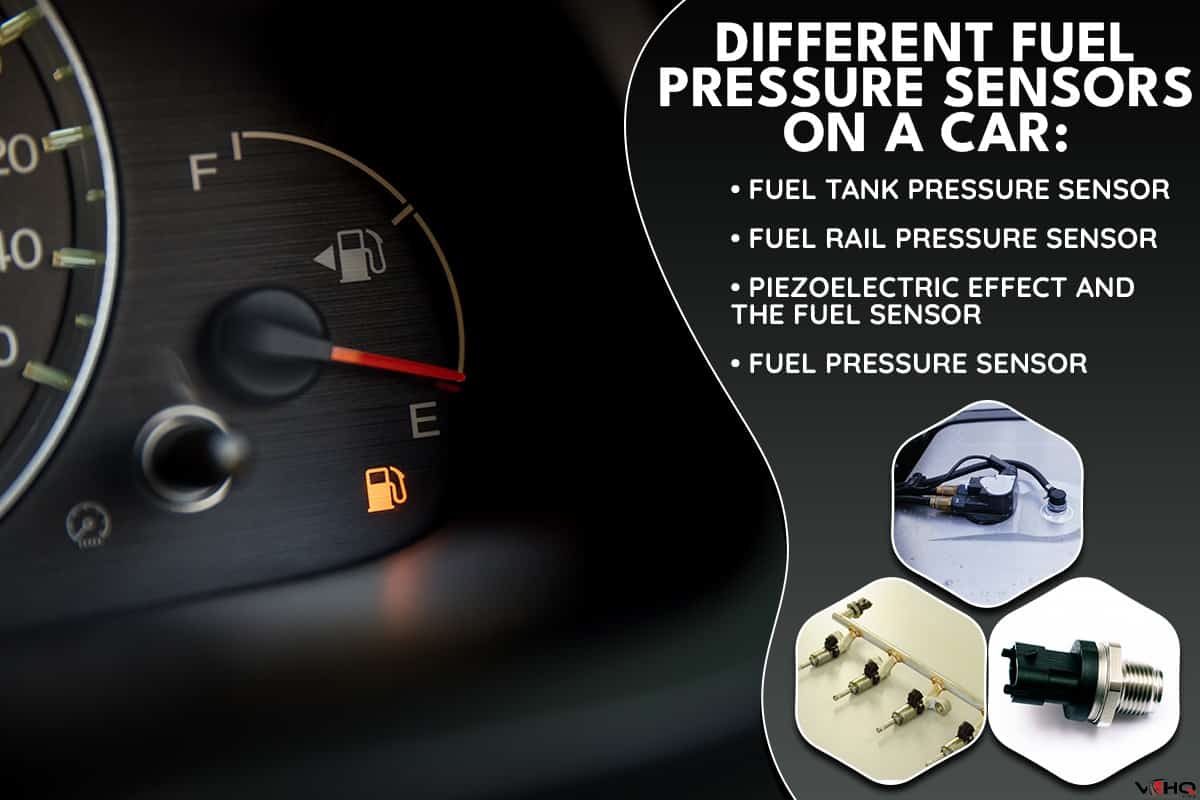
Fuel is such an important factor inside an internal combustion engine that modern car models monitor the fuel at different points and states. There are different fuel pressure sensors inside your car that provides different data to the ECU (engine control module) so that the ECU will be able to react accordingly.
Fuel Tank Pressure Sensor
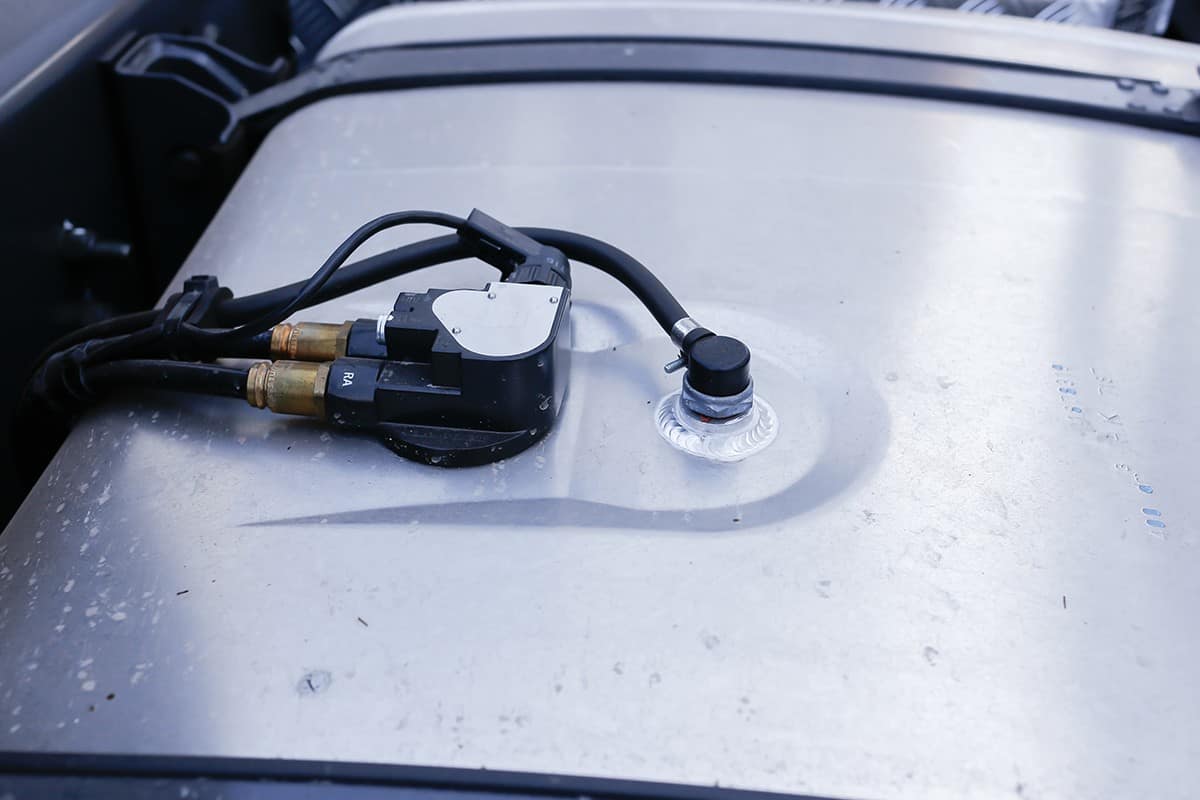
The first fuel pressure sensor is at the fuel tank. The fuel tank pressure sensor is mounted on top of the fuel tank or inside it. This pressure sensor is responsible for monitoring the fuel pressure inside the fuel tank as part of a car’s EVAP system.
The evaporative emissions system, or EVAP, ensures that there is no leak in the fuel system. It also ensures that any vapors from the fuel cannot escape.
Vapors from the fuel contain hydrocarbons. A leaking fuel system can pollute the atmosphere every minute—even when the engine is not running.
The EVAP system traps the vapors from the fuel. If the EVAP detects a leak or when the sensors of the EVAP system fail, the ECU will turn on the Check Engine light to alert you of the problem.
The Fuel Rail Pressure Sensor
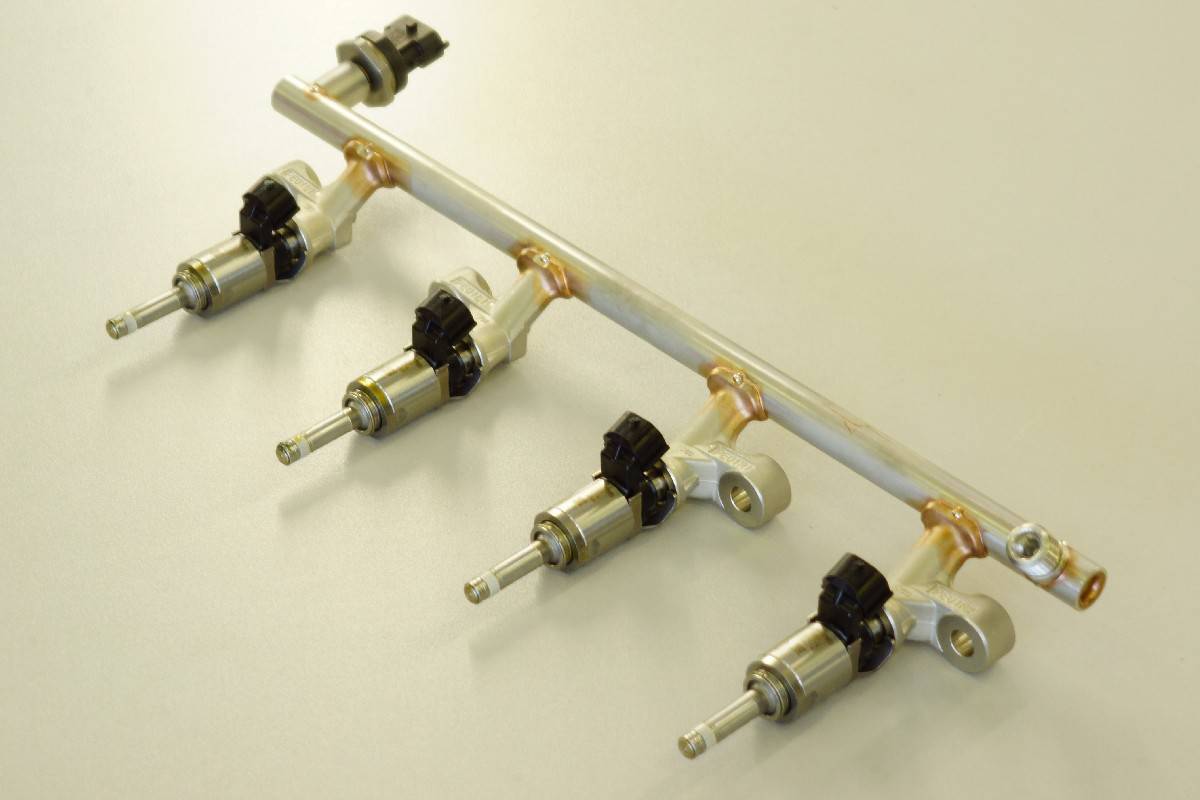
Most common cars use a CRDi system or a common rail direct injection system.
Old fuel distribution systems rely on the fuel pump to control the pressure of the fuel that goes into the engine, as well as the timing and the quantity.
Common rail direct injection systems store fuel inside the rail. Individual pipes from the rail connect to fuel injectors. The fuel injectors control the timing while the fuel pump manages the fuel pressure.
The fuel rail pressure sensor monitors the fuel pressure inside the common rail. The ECU uses the fuel rail pressure sensor to calculate the duty cycle of the fuel pressure control valve and the fuel quantity control valve.
It also monitors the amount of fuel present inside the rail by monitoring the fuel pressure inside. It then sends a signal to the ECU or powertrain control module to let it know exactly how much fuel needs to go to the fuel rail.
The fuel rail pressure sensor allows the fuel system to adapt to the needs of the engine depending on the speed and RPM that it is currently running on.
Piezoelectric Effect And the Fuel Sensor
The fuel rail pressure sensor has a sensitive component inside that uses the properties of a piezoresistive effect.
The piezoresistive effect happens when an electrical component increases its electrical resistance as the pressure applied to it increases.
Thus, in a fuel rail pressure sensor, the electricity that returns to the ECU gets higher as the fuel pressure drops. When this happens, the ECU will increase the fuel pressure from the fuel pump.
When the resistance of the sensor increases, then the pressure of the fuel also increases. The ECU matches the pressure with the needs of the engine. If the pressure is too much, the ECU will reduce the pressure produced by the fuel pump.
Fuel Pressure Sensor
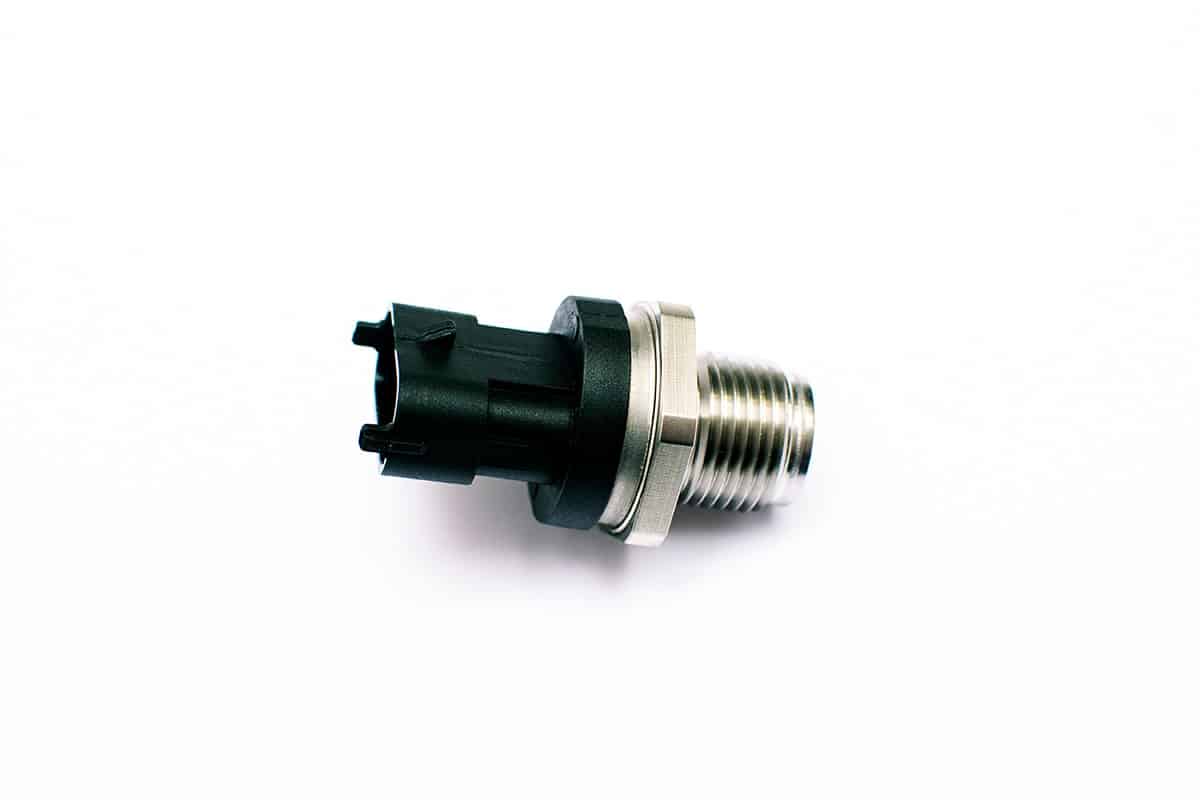
Some car models have another fuel pressure sensor between the fuel tank and the fuel pump. The purpose of this fuel pressure sensor is to monitor the pressure coming from the fuel tank. This is to make sure that the fuel pump will not run out of fuel even when the demand for fuel increases with the increase in RPM.
What are the symptoms of a bad fuel pressure sensor?
Like all sensors inside your car, the fuel rail pressure sensor can also fail. Thus, it will eventually need a replacement. In some cases, it can fail more often than other sensors because it is always under high pressure and temperatures from the engine.
Here are some of the common signs that you have a failing fuel rail pressure sensor.
Check Engine Light
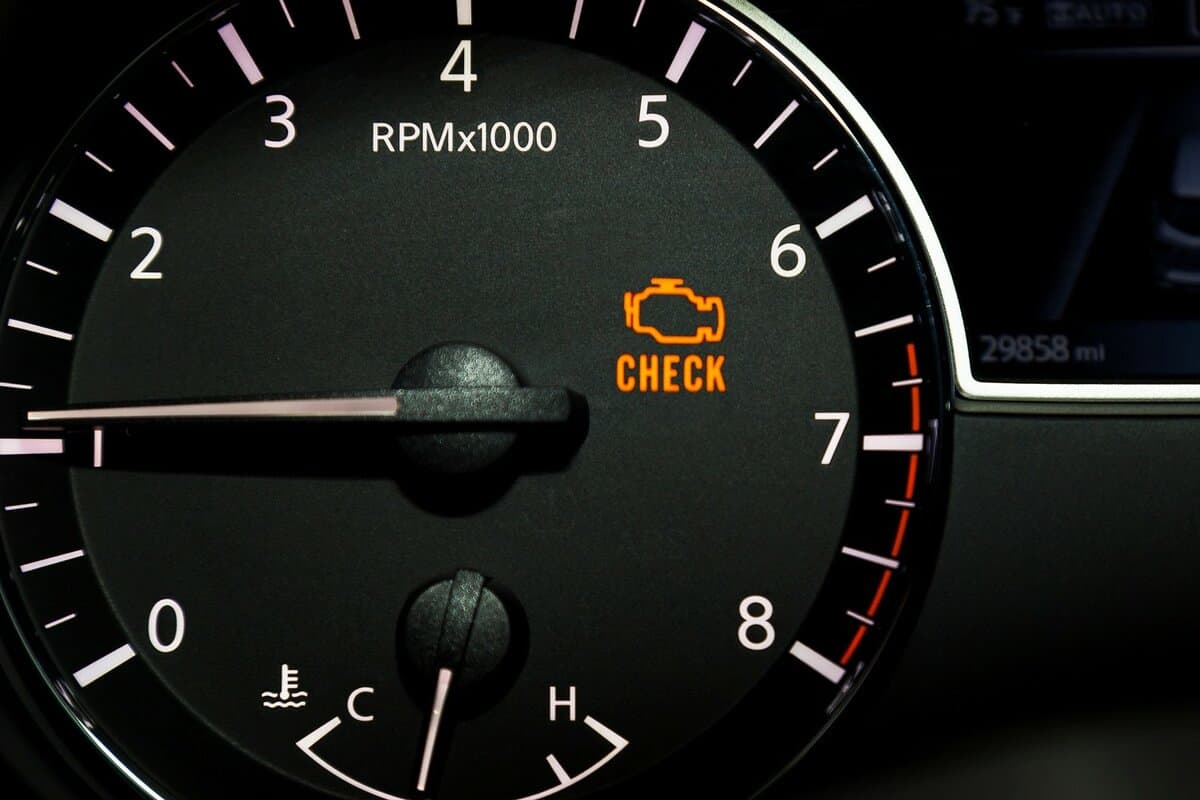
Anything that affects the health and performance of the engine will trigger the Check Engine light. This includes the fuel rail pressure sensor. If you see this light on your dashboard with the combination of one other symptom below, then there is a high probability that the culprit is a bad fuel pressure sensor.
And since it is not a serviceable part, the only solution to fix it is to replace it with a working fuel rail pressure sensor.
Poor Fuel Economy
A failing fuel rail pressure sensor will no longer be able to provide accurate pressure readings to the ECU. This can cause the ECU to overcompensate because it no longer knows if the fuel rail has too much or too little pressure. Once the ECU overcompensates for the lack of data coming from the fuel pressure sensor, the engine can start to receive fuel that does not match what it needs.
If the engine is consuming too much fuel, the fuel economy of your car will suffer. You will notice that you’re going to the pump much more often than before.
Poor Engine Performance
This is what happens when the ECU under compensates due to the lack of data, and is the inverse of the situation above.
When the engine starts to receive less fuel, its performance will drop. You will notice that your car is suddenly having a hard time accelerating. If you’re carrying heavy cargo or going uphill, the drop in performance means that your car will struggle going uphill or going fast with that heavy load.
This may save you some fuel in the end. However, since you’re constantly pushing the engine to the limit, the parts of your car will suffer premature wear.
Engine Stalling
In severe cases of too little fuel going to the engine, you will experience your engine stalling randomly. This can be dangerous if you’re in the middle of a busy road and your brakes suddenly become too hard to step on.
Too little fuel going to the engine rail due to missing data from the fuel pressure sensor can lead to the engine starving for fuel. Stalling can happen randomly. Moreover, it can lead to the next symptom.
Difficulty Starting The Engine
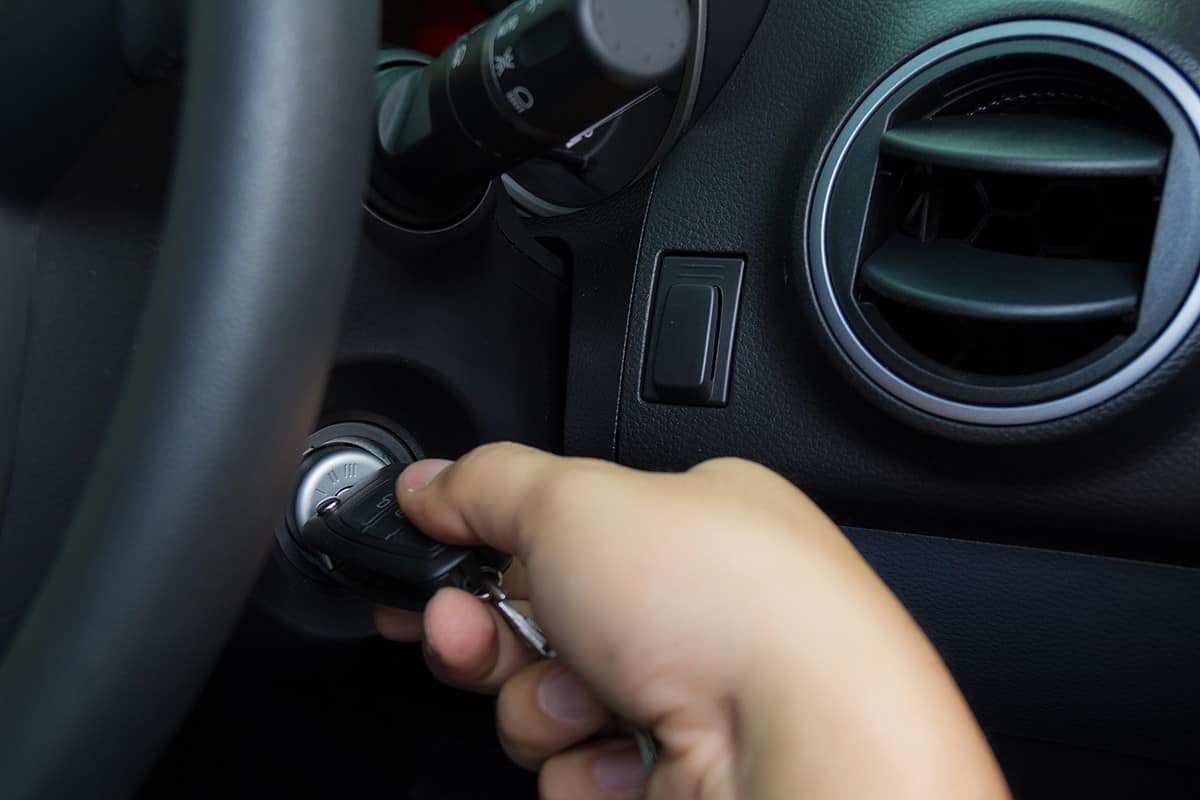
If the fuel that goes into the engine is too little, it will not be enough to start the engine. Unfortunately, if you keep trying to start your car, you can end up having a bad starter motor.
If your engine stalled, you might not be able to bring it to start once more because the engine is getting too little fuel.
How to replace the fuel rail pressure sensor?
Once you verify that the root cause of your problem is the fuel pressure sensor, you can follow the steps below to replace it.
Preparing Your Car
- Park your car in a well-ventilated area that is level. There will be some fuel coming out of your car, so it's important to be in a well-ventilated area.
- Activate the parking brake.
- Place the transmission of your car in Park(P).
- Leave your car to cool. This is important. An engine that is cool enough to touch is not enough. The interior of your engine is still hot, and this means that the fuel inside the fuel rail will be under very high pressure. Leave your car to cool overnight. Removing the fuel rail pressure sensor while the fuel is still hot will cause it to spray fuel all over.
Locating The Fuel Rail Pressure Sensor
- Remove the engine cover.
- Follow the fuel lines coming from the engine. They will all lead to the fuel rail.
-
- The fuel rail pressure sensor is connected to the fuel rail.
- It can be at the end of the fuel rail, in the middle, or at the entry point.
- It will have bolts—usually two—that keep it in place.
Removing The Fuel Rail Pressure Sensor
- Disconnect the fuel line that goes to the sensor using a plastic tool.
- Disconnect the wire harness.
- Uninstall the bolts that keep the sensor in place.
-
- Keep in mind that you should remove and reinstall the bolts using hand tools only. Power tools can generate a spark while it operates.
- You don’t want sparks anywhere near open fuel lines.
- Place rags under the rail and sensor.
- Put a rag over the fuel sensor and pull the old sensor out.
- Install the new sensor.
- Replace the bolts that hold it in place.
- Reconnect the electrical harness.
- Reconnect the fuel hose.
GOOACC trim removal tool is available on Amazon through this link.
Bosch Automotive fuel pressure sensor for select Volvo is available on Amazon through this link.
Conclusion
The fuel rail pressure sensor is one of the sensors that help the ECU manage the performance of the engine. Unfortunately, it can wear out like the other sensors inside your car.
If you found this article interesting, why not check the two articles below too:


